While freezing works wonders for many foods, there are some common kitchen staples that just don’t handle the cold well.
In an effort to save time or prevent spoilage, many of us toss things into the freezer without a second thought. It seems harmless—until we pull them out weeks later to discover strange textures, split containers, or completely altered flavors. What might seem like a savvy storage hack can end up ruining your ingredients and wasting money.
Before you load up your freezer, it’s worth learning which foods are better left out in the cold—literally. Below are 12 commonly frozen items that actually suffer in quality, texture, or safety when subjected to freezing temperatures. If you’ve been freezing these, don’t worry—you’re in good company, and it’s an easy fix going forward.
1. Soft Cheeses (e.g., Brie, Cream Cheese, Cottage Cheese)
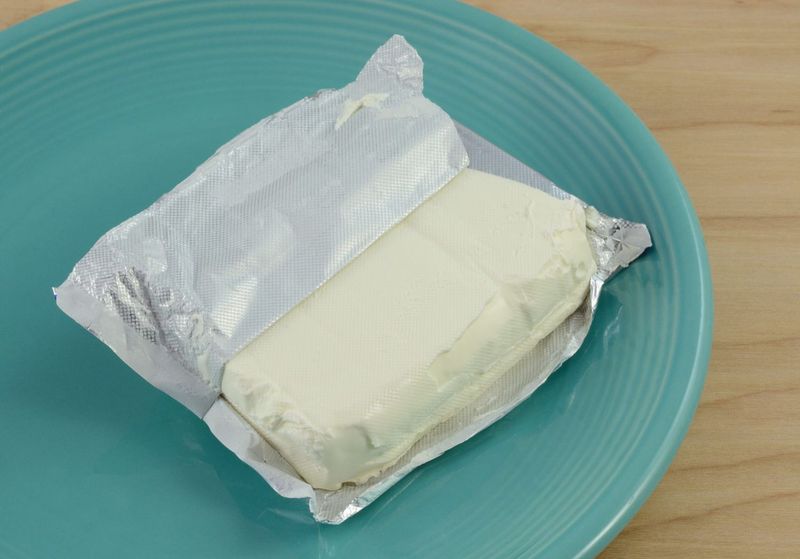
Ever wondered what happens when you freeze soft cheeses? The transformation is less than desirable. Soft cheeses, like Brie and cream cheese, undergo a textural metamorphosis in the freezer.
Imagine biting into a slice of Brie only to find it grainy or watery—a far cry from its usual creamy consistency. The freezing process disrupts the moisture content, leading to separation and an altered texture.
Whether it’s a luscious cream cheese spread or a dollop of cottage cheese, the result post-freeze is consistent: not worth the freezer space. Stick to enjoying them fresh for the best experience.
2. Leafy Greens (for salads – e.g., Lettuce, Spinach)
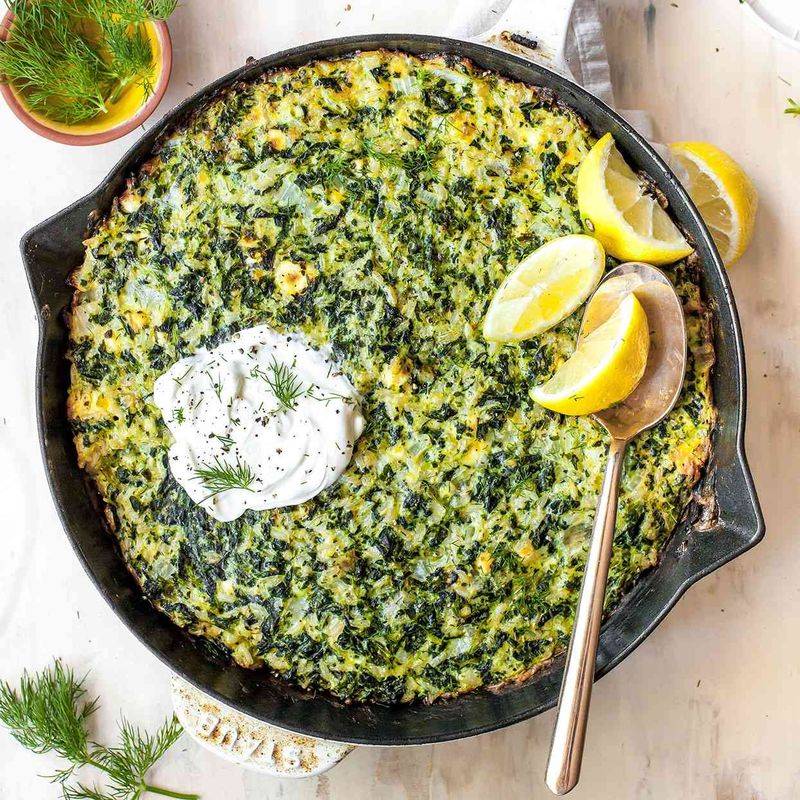
Picture a salad with crisp lettuce and fresh spinach. Now, imagine those greens post-freeze—what a difference! Freezing leafy greens like lettuce and spinach leads to wilting and mushiness.
Their high water content is to blame, as freezing causes ice crystals to form, rupturing cell walls. Once thawed, these greens lose their vibrant texture, leaving you with a soggy mess.
Whether you’re preparing a salad or a side dish, keep these greens out of the freezer. They’re best enjoyed fresh, providing that delightful crunch and nutritional burst we all crave.
3. Eggs in the Shell
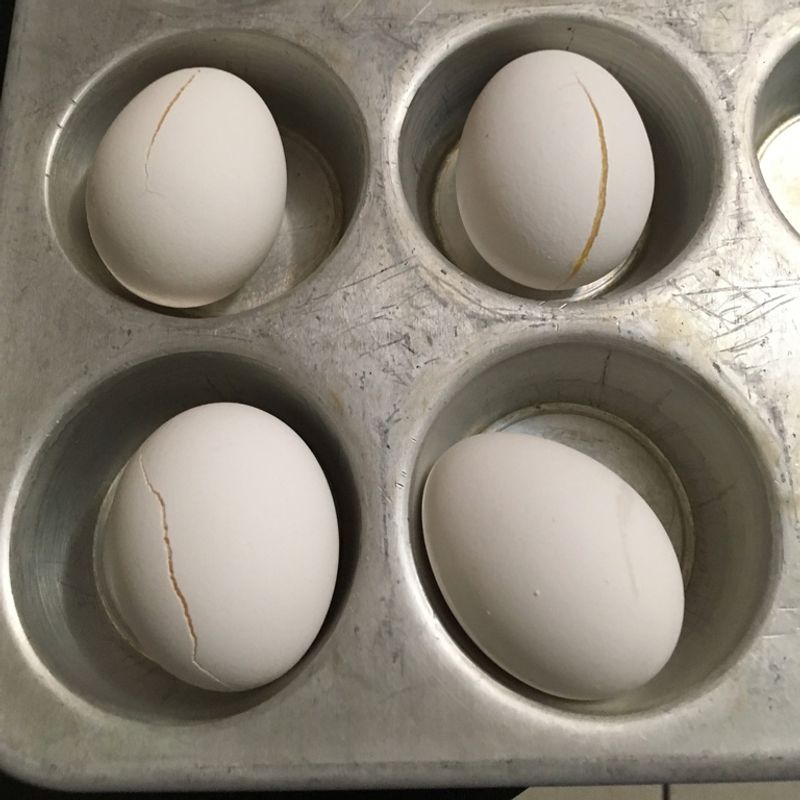
Cracking an egg into a bowl is routine, but what if the egg is frozen solid? Eggs in their shells are not freezer-friendly. The liquid inside expands as it freezes, often leading to cracks and breaks.
This not only creates a messy situation but also poses bacterial risks due to the compromised shell barrier. Additionally, the texture of the egg white changes after freezing, becoming thick and less palatable.
For a safe and tasty outcome, consider freezing eggs after cracking and beating them. This keeps your breakfast routine smooth and safe.
4. Raw Potatoes
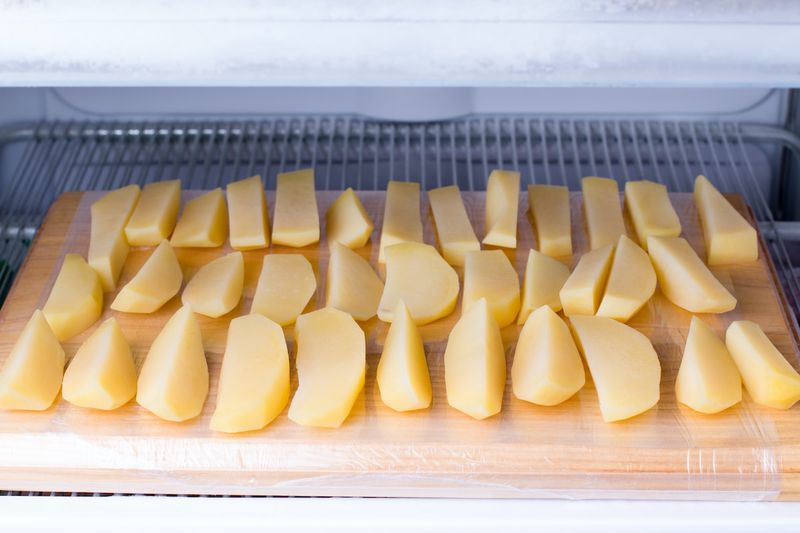
The humble potato is a kitchen staple, but place it in the freezer and things go south. Raw potatoes don’t freeze well; their high starch content is their downfall.
Freezing causes starch to convert into sugar, altering the taste and leading to a grainy, discolored tuber. When thawed, the change is evident—what was once firm and flavorful becomes unappetizing and bland.
If preservation is key, consider freezing cooked potatoes instead. This way, you maintain taste and texture, letting the potato shine in your culinary creations.
5. Cooked Pasta (without sauce)
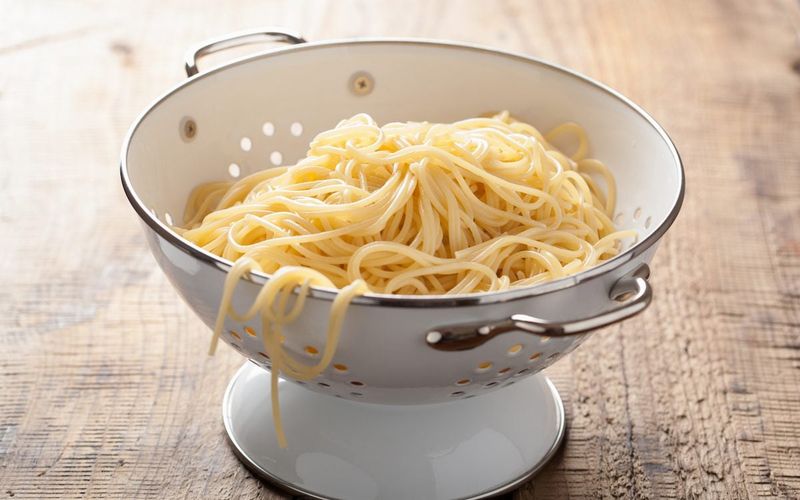
Who doesn’t love a pasta dish that’s al dente and delightful? However, freezing cooked pasta sans sauce leads to disappointment. The noodles absorb moisture during freezing, transforming into a mushy, gummy mess.
Without sauce, there’s nothing to protect the pasta’s integrity. Thawing exacerbates the issue, leaving you with something far from the Italian classic you envisioned.
If pasta preservation is a must, toss it in sauce before freezing. This shields the noodles, ensuring your next pasta dish retains its intended texture and taste.
6. Mayonnaise or Cream-Based Sauces
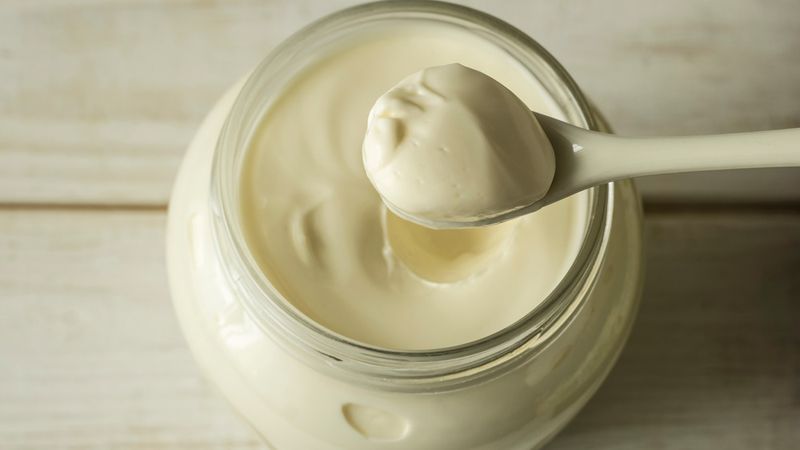
Mayonnaise on a sandwich is creamy perfection, but post-freeze, it tells a different story. Freezing mayonnaise or cream-based sauces leads to separation.
When frozen, the emulsification breaks, and upon thawing, the mixture curdles and clumps. This humorous kitchen mishap results in a texture less than appealing, one that even whisking can’t fix.
For that creamy consistency we all adore, keep these sauces away from the chill of the freezer. Fresh is best, ensuring every bite is as smooth as intended.
7. Fried Foods (e.g., donuts, fries)
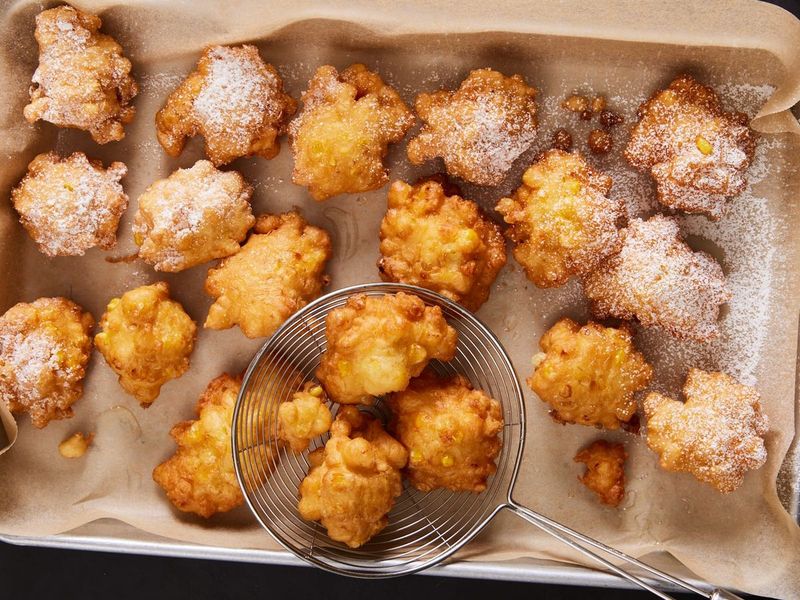
Imagine biting into a crispy fry or a fluffy donut, only to find it soggy and sad. Fried foods, like donuts and fries, suffer in the freezer. The once crispy exterior softens, losing the texture that made it irresistible.
Moisture is the culprit, as it’s absorbed into the crispy coating during freezing. Upon reheating, the texture is compromised, leaving you with a greasy, lackluster snack.
For the best fried food experience, enjoy them fresh or use alternative preservation methods that keep their signature crunch intact.
8. High-Water Content Fruits (e.g., Watermelon, Cucumber)
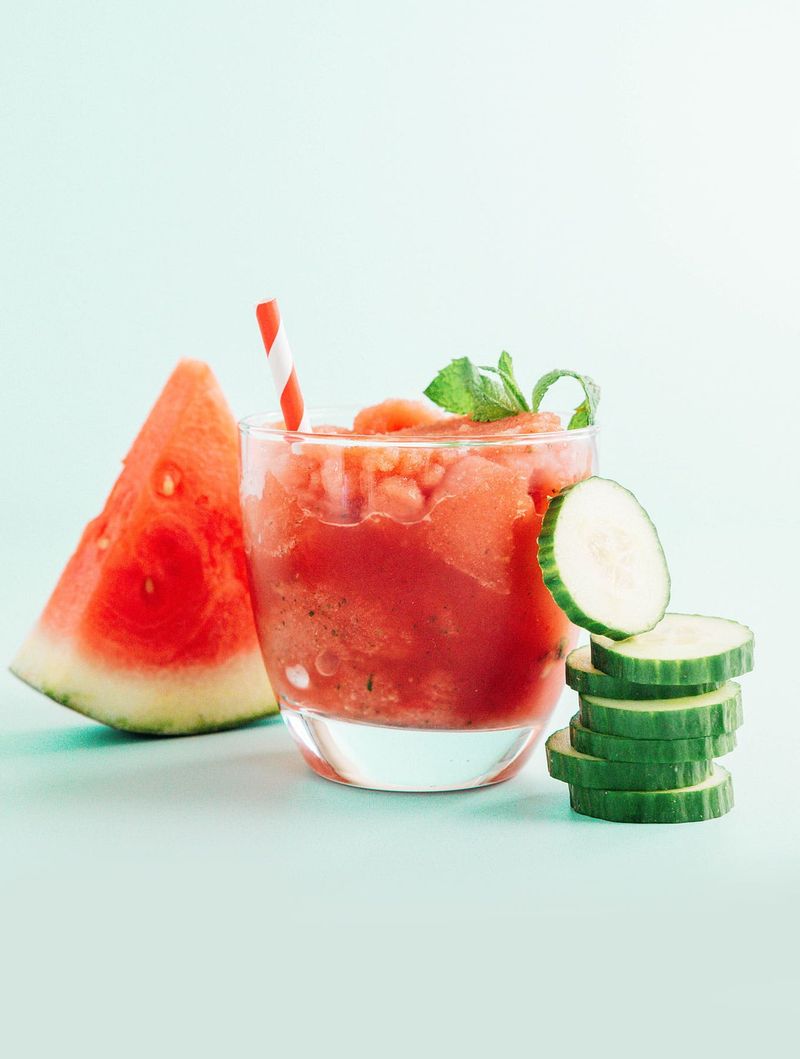
Ever thought of freezing a watermelon slice or cucumber? The result is anything but refreshing. High-water content fruits don’t fare well in the freezer.
The water inside expands, breaking the cell walls, leading to a mushy texture post-thaw. What was once refreshing is now a watery shadow of its former self.
These fruits shine brightest when fresh, offering a crisp and hydrating bite perfect for hot days. Keep them out of the freezer to savor their true essence.
9. Frosted Cakes or Iced Pastries
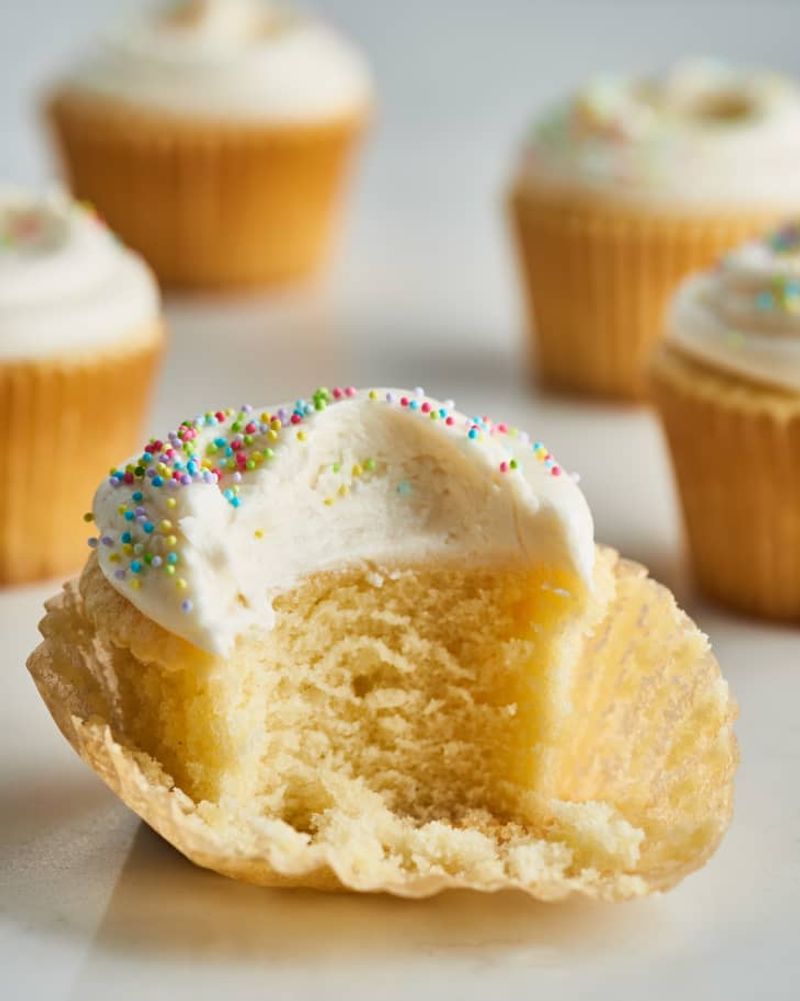
Cakes and pastries are a delight, but freezing them can be a recipe for disaster. The icing or frosting on cakes and pastries often separates when frozen.
What begins as a beautifully decorated dessert turns into a weeping, unappetizing mess. The texture of both icing and cake suffers, leaving you with soggy crumbs instead of a sweet treat.
To maintain the allure and taste of your baked goods, consider freezing them without icing. Add the finishing touches fresh to enjoy them at their best.
10. Carbonated Drinks (soda, sparkling water)
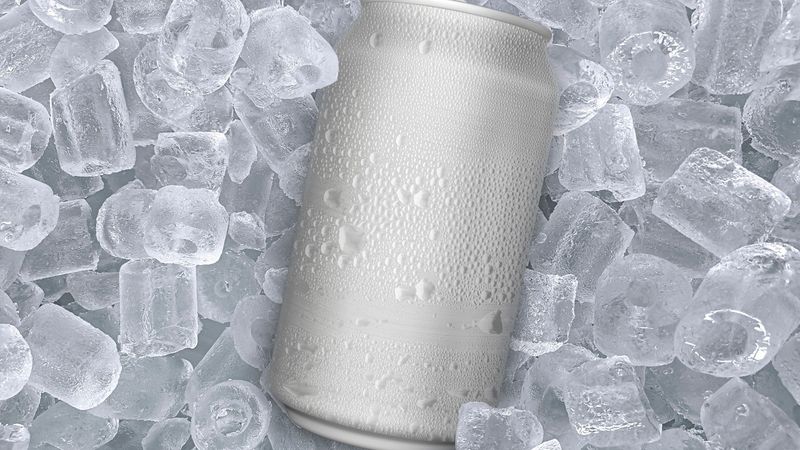
Pop open a can of soda, and you get a fizzy refreshment. But freeze it, and expect an explosion! Carbonated drinks, like soda and sparkling water, expand when frozen.
The pressure builds, often causing cans or bottles to burst, creating a fizzy mess. It’s not just the container that’s affected; the carbonation is compromised, leaving you with a flat beverage.
For that effervescent experience, keep these drinks refrigerated, not frozen. A chilled soda is refreshing, without the risk of a freezer disaster.
11. Garlic
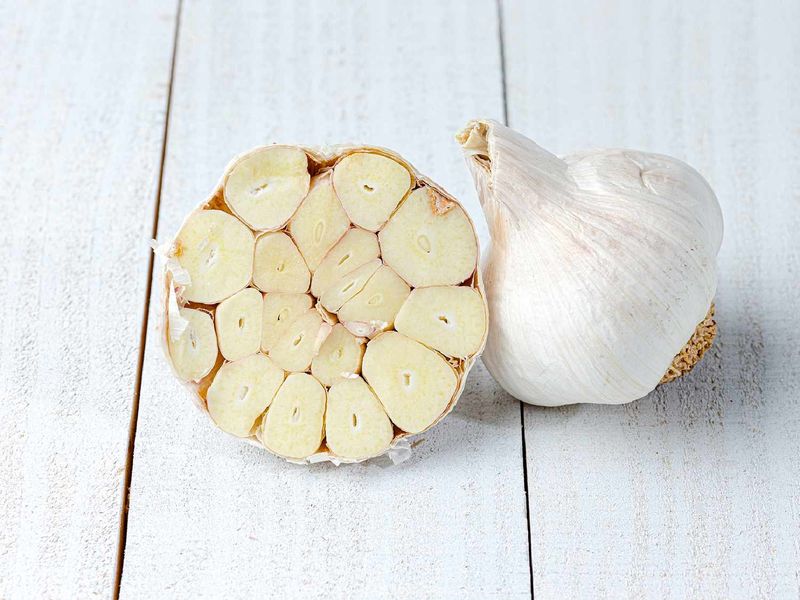
Garlic adds flavor to many dishes, but freezing it changes the game. Once frozen, garlic’s texture shifts to rubbery, and its flavor diminishes.
The aromatic punch we associate with fresh garlic is muted, leaving dishes lacking. Furthermore, frozen garlic may develop a bluish hue, a harmless yet unappetizing change.
For those pungent notes that elevate your cooking, keep garlic out of the freezer. Store it in a cool, dry place instead, preserving its taste and texture.
12. Milk (especially in full containers)
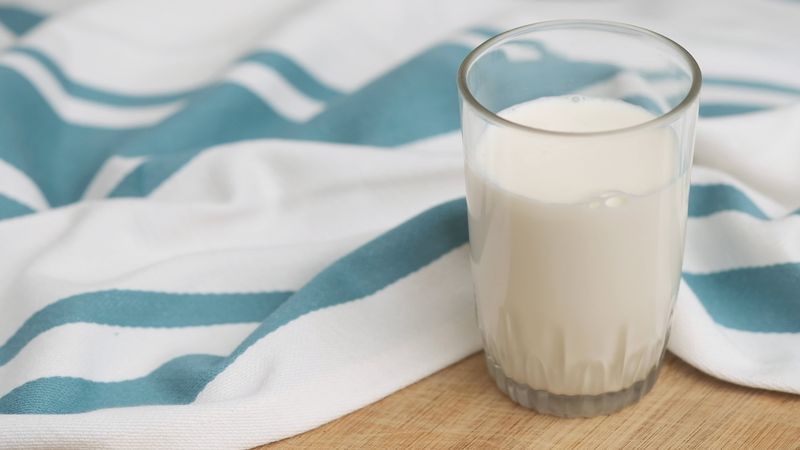
Milk in the freezer is an experiment many have tried, often with mixed results. As milk freezes, it expands, posing a risk of the container bursting.
Upon thawing, the separation is evident; the once creamy liquid becomes grainy or even curdled. These changes are unappealing, especially in a morning cup of coffee.
To keep milk fresh and delightful, opt for refrigeration. If freezing is necessary, do so in smaller portions to minimize separation and maintain quality.
Leave a comment